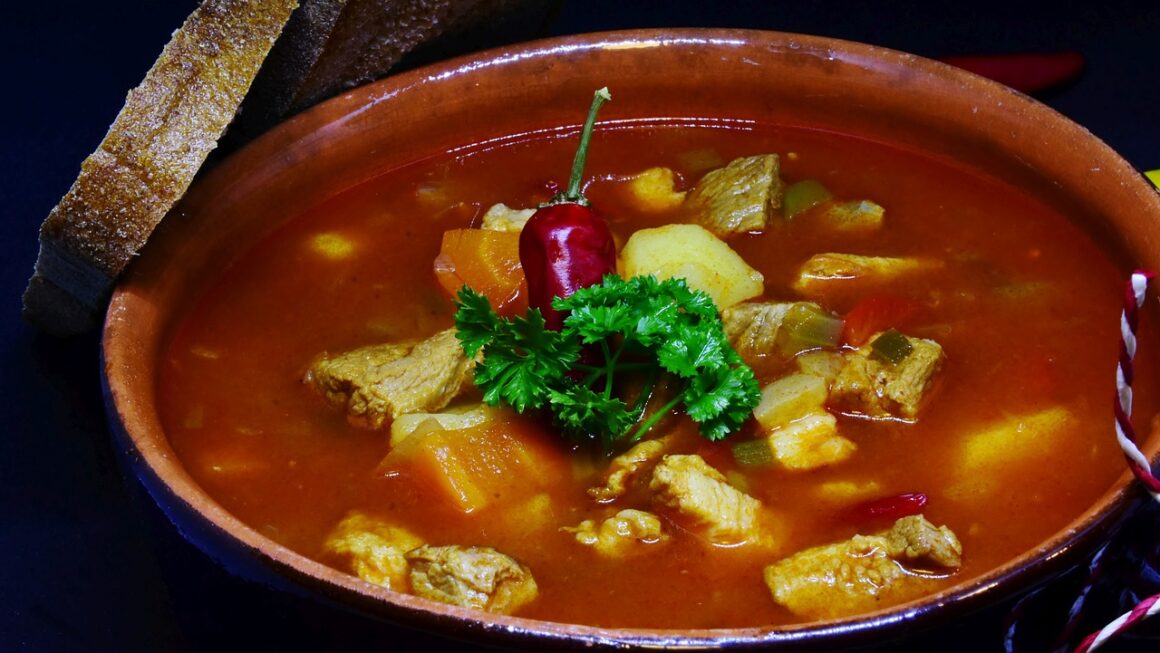Bibimbap is a traditional Korean dish that has gained international popularity for its flavorful combination of ingredients and colorful presentation. The name “bibimbap” literally translates to “mixed rice,” and the dish consists of a variety of ingredients served on top of a bed of steamed rice, all mixed together with a spicy gochujang sauce.
One of the key features of bibimbap is the wide range of ingredients that can be included in the dish. Common components of bibimbap include vegetables such as spinach, mushrooms, bean sprouts, carrots, and zucchini, as well as protein sources like beef, chicken, or tofu. Some variations of bibimbap also include a fried egg on top for added richness and creaminess.
What sets bibimbap apart from other rice dishes is the way in which the ingredients are prepared and arranged. Each component is typically cooked separately to bring out its individual flavors and textures before being assembled on top of the rice. The different colors and textures of the ingredients create a visually appealing dish that is as pleasing to the eye as it is to the palate.
One of the most essential elements of bibimbap is the gochujang sauce, a spicy and savory red chili paste that adds a bold kick to the dish. Gochujang is a staple ingredient in Korean cuisine and is made from red chili peppers, glutinous rice, fermented soybeans, and salt. It is often mixed with other ingredients such as sesame oil, garlic, and sugar to create a complex and flavorful sauce that ties the dish together.
The combination of fresh, colorful ingredients, flavorful gochujang sauce, and steamed rice makes bibimbap a truly special dish that offers a balance of textures and flavors. The contrast of hot and cold ingredients, crunchy and soft textures, and spicy and mild flavors creates a harmonious dining experience that is both satisfying and delicious.
In addition to its delicious taste, bibimbap is also a nutritious and balanced meal that provides a good source of protein, fiber, vitamins, and minerals. The variety of vegetables and protein sources in the dish ensure that diners get a good mix of nutrients in each bite.
Whether enjoyed as a hearty lunch or a satisfying dinner, bibimbap is a dish that delights the senses and offers a taste of Korean culinary tradition. Its vibrant colors, bold flavors, and nutritious ingredients make it a special and unforgettable dining experience that is loved by food enthusiasts around the world.




